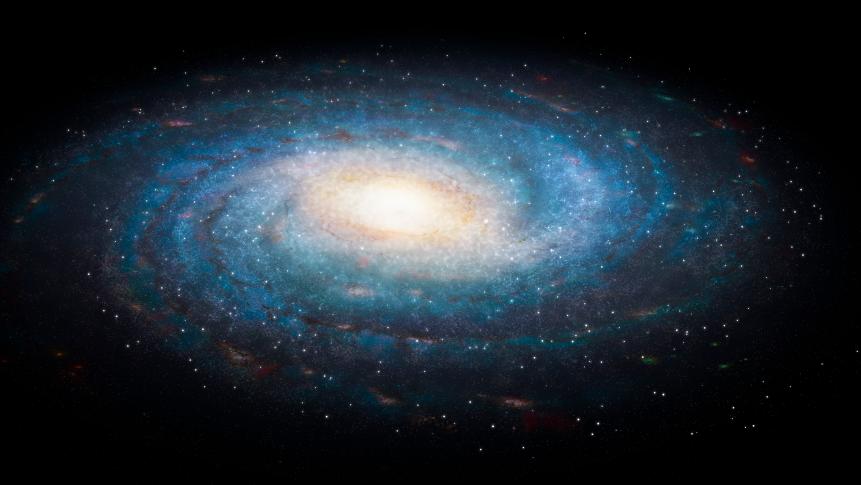The End of the Universe: The Fall of Light

There was a time, a time long, long ago, before the first stars appeared. The universe was young then and less than a billion years old. But will the fall of light be the end of the universe?
The primordial elements leftover from the big bang – think hydrogen and helium – were too hot and too thinly spread to concentrate into the densities needed to trigger star formation.
But given enough time (and the universe has plenty of that to spare) and the persistent nudging from gravity, the first stars ignited, transforming our cosmos into the light-filled splendor that it is today.
Alas, it will not be for long.
Our Current Era

MARK GARLICK/SCIENCE PHOTO LIBRARY
We currently live in what cosmologists call the Stelliferous Era, an age of the universe that is dominated by the light of stars. Hundreds of billions of stars currently alight in our Milky Way galaxy alone with trillions of galaxies spread throughout the observable volume of the cosmos. Each star is a factory of fusion, converting lighter elements into heavier ones, liberating energy in the process, and making homes for planets and life.
But this era will not last forever. Indeed, we’re already past the heyday of the star-forming epoch.
The problem is that our universe is expanding. Every day, our entire universe gets bigger than it was the day before. It still contains the same amount of stuff, but that stuff gets spread thinner and thinner as time goes on.
To make a star, you have to cram a lot of matter into a very tiny space small enough to reach the critical thresholds of nuclear fusion. But with an expanding universe, the opportunities to make that happen are becoming rarer.
A Slow, Gentle Decline

Baac3nes
Even though our universe is 13.8 billion years old, star formation peaked relatively early on about 10 billion years ago. Ever since, we’ve been on a slow and gentle decline with fewer new stars coming online every year.
So just as the universe transformed itself with the birth of the first stars, the universe continues to age and expand and will transform again.
However this time, it will be agonizingly slow.
Our own sun will expire in about 5 billion years, transitioning into a remnant known as a white dwarf. Our home planet may or may not survive that transition, depending on how violent our sun becomes in its death throes.
For a long while after that, nothing will seem to change much. As time goes on, the largest (and therefore shortest-lived) stars will explode. But with no new large pockets of gas ready to manufacture more, they will not be replaced. Since those large stars tend to be blue, over the course of hundreds of billions of years that color will fade from the scene.
With enough time, even medium sun-like stars will be unable to form.
What will be left hundreds of billions of years from now will be the red dwarfs – the tiniest possible stars, as small as a tenth of the mass of the sun – along with decaying and decrepit leftovers like white dwarfs and black holes.
Astronomers estimate that in about 100 trillion years, the last star (a feeble, tiny red dwarf) will be born.
10 to 20 trillion years after that, it will die along with all of its companions. The last nuclear fire will shut off, leaving the universe largely cold, dark, and empty.
Enjoy it while it lasts.



















